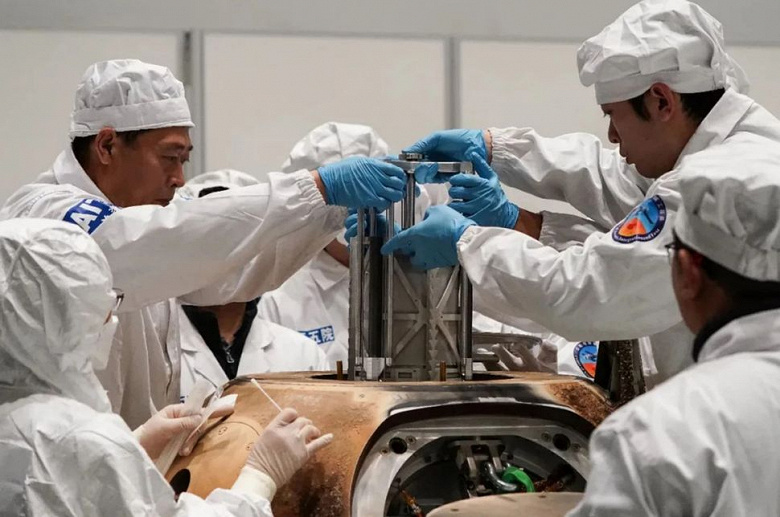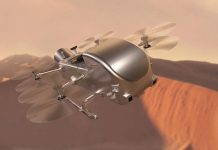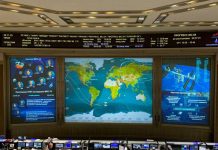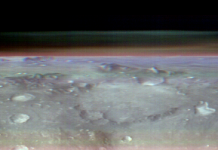Scientists are excited about the opportunity to work with real lunar samples
NASA has allowed agency-funded researchers to apply for access to Chinese lunar samples collected by the Chang’e 5 mission. The return of China’s mission to Earth in December 2020 with 1,731 grams of lunar samples collected from the Ocean of Storms region on the near side of the Moon was a significant achievement for scientists around the world.
China provides these samples to researchers from different countries. The China National Space Administration (CNSA) is currently conducting the 7th round of applications for access to Chang’e-5 lunar samples, which will be open until December 22 of this year.
NASA has confirmed its intention to Congress to allow scientists to apply for access to Chang’e-5 samples. These samples are collected from areas of the Moon that have not yet been studied by NASA, and are expected to provide valuable scientific data about the history of the Moon, which could influence NASA’s future plans to explore our moon.

The popular Wolf Law, which prohibits cooperation between NASA and Chinese government agencies, remains in effect and is not repealed by the new permit. The amendment, supported by Frank Wolf, a previous lawmaker and chairman of the House Appropriations Committee’s Commerce, Justice and Science subcommittee that funds NASA, was introduced in response to human rights abuses, theft of US intellectual property and other geopolitical issues.
NASA has allowed American scientists to access lunar samples collected by the Chinese Chang’e-5 mission.
“The Wolf Amendment is not an absolute ban on cooperation, but in order for it to occur, NASA must obtain congressional authorization and meet certain requirements,” explained Marsha Smith, editor of the information portal SpacePolicyOnline.com.
American scientists involved in lunar exploration welcome the new step from NASA. “This is great news because it will allow American scientists to apply their knowledge to the analysis of unique lunar samples. Several American scientists have already been able to make an initial interpretation of the age of young basalt samples from Chang’e-5 and have participated in the first publications. However, this is the first time we will have the opportunity to work with real samples,” said Clive Neal, leading lunar expert at the University of Notre Dame Research Center.
“Our scientists will b

The samples collected by the Chang’e 5 mission open up new opportunities for studying the Moon, especially in the northern Ocean of Storms region. These samples belong to the youngest basalts on the Moon, and their age will help understand how the evolution of lunar volcanism occurred.
Also showing interest in these samples is James Head, a lunar expert who took part in the Apollo program. He notes the importance of the Chang’e 5 mission and says: “This mission provided valuable information about the Moon, bringing back samples from the northwestern part of the Moon – the Ocean of Storms, one of the youngest and least explored lunar regions.”
Head hopes the new NASA initiative will encourage more international sharing of samples in the future: “Mars, asteroids, comets—the solar system is rich in diversity. “If different agencies share samples and research results, it will help planetary science get a more complete picture.”
Chinese researchers also continue to develop new missions to the Moon. The Chang’e 6 mission, planned for 2024, will land in the South Aitken Basin on the far side of the Moon. Its goal will be to collect samples and send them to Earth.
The Chang’e 6 mission will consist of several components – an orbiter, a lander, an ascent module and a sample return module. Chinese scientists plan to extract one or two kilograms of lunar samples. If the mission is successful, it will be the first sample from the far side of the Moon.




